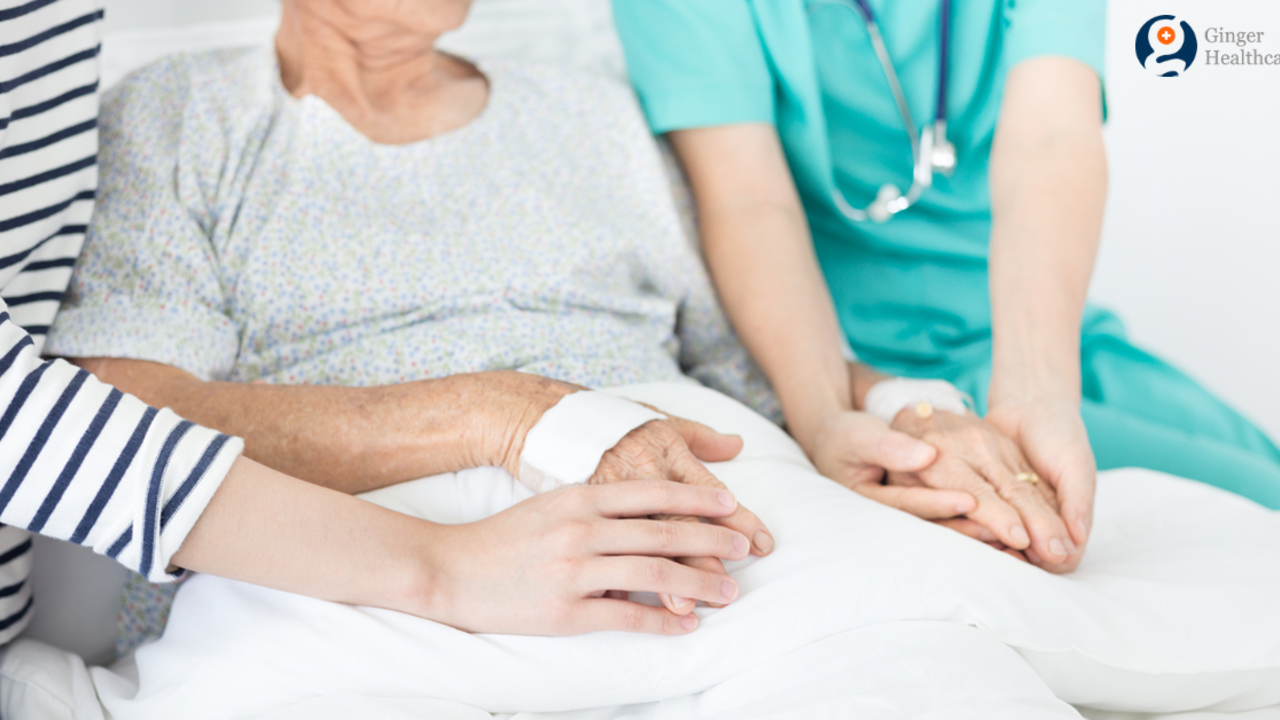Cancer care: Practical medication and symptom tips from CanPharm
Facing cancer brings a flood of questions about drugs, side effects, and everyday care. This tag page groups CanPharm articles that help you manage meds, handle common symptoms, and find safe suppliers. Use it as a quick hub for reliable, usable steps you can take right away.
What you’ll find here: pieces on safe online pharmacies and how to order meds without extra risk, alternatives for anti-nausea drugs (useful during chemo), guides to antibiotics and drug interactions, and practical reads on supportive supplements and gut health. Search for topics like "ondansetron alternatives" when nausea is the issue, or "how to buy affordable ciprofloxacin online" if infection treatment is needed. These posts are written to help patients and caregivers make informed, everyday choices.
Start with medication safety. Keep one up-to-date list of everything you take: prescription drugs, over-the-counter remedies, and supplements. Show that list to every clinician and pharmacist. Before switching to a generic or ordering from a new online pharmacy, confirm the pharmacy’s credentials, ask about the medication source, and check for known drug interactions. If a vendor promises low prices, compare its reviews and verify contact details—CanPharm’s article on online pharmacies explains what red flags to watch for.
Nausea, fatigue, constipation and mouth sores are common during treatment. For nausea, timing antiemetics before meals and using small, bland snacks often helps. Stay hydrated and replace electrolytes if vomiting is severe. For constipation, increase fluids, fiber as tolerated, and consider stool softeners after checking with your care team. Mouth sores respond well to gentle oral rinses and avoiding spicy or acidic foods. Track symptoms in a simple log—note time, severity, and what helped—so your care team can adjust treatment faster.
Managing meds during treatment
Make a routine for taking meds—set alarms, use a pill box, and keep refill reminders. If a drug is delayed or out of stock, contact your oncology pharmacist early; many clinics have substitution protocols. Don’t stop or change doses without speaking to your oncologist. If you use supplements, ask whether they interact with chemotherapy or radiation; some herbal products can change how drugs work.
Support at home and when to call
Build a small home plan: a symptom log, a list of emergency signs (fever, severe vomiting, uncontrolled pain, sudden bleeding), and a clear phone list for your oncologist, local ER, and pharmacist. Mental health matters—talk to a counselor or join a support group if anxiety or depression grows. Caregivers: schedule breaks and ask for help early so you don’t burn out.
Want focused reads? Browse the tag list to open articles on anti-nausea options, safe online ordering, infection care, and gut-supporting foods like kefir. If you need direct help with site content or have a question about an article, use our Contact page—CanPharm aims to make medication and symptom info easy to use for patients and families.

The Role of Palliative Care in Mycosis Fungoides Treatment
In my recent exploration of unique medical treatments, I delved into the role of palliative care in managing Mycosis Fungoides, a rare type of skin lymphoma. While there's no definitive cure, palliative care plays a vital part in enhancing patients' quality of life. It aims at relieving symptoms, controlling pain, and offering emotional support to patients and their families. Also, this approach can work alongside other treatments, ensuring that patients remain as comfortable as possible. The integration of palliative care in Mycosis Fungoides treatment is a testament to the importance of holistic healthcare.
- Health and Wellness (58)
- Drug Information (45)
- Pharmacy Information (19)
- Medical Conditions (17)
- Supplements (4)
- Diabetes (3)
- Travel Health (2)
- Parenting (2)
- Mental Health (2)
- Heart Health (1)
-
Get Ready to Transform Your Health with Brickellia: The Ultimate Dietary Supplement for Modern Living
8 Nov 2023 -
Compare Emulgel (Diclofenac) with Top Alternatives for Pain Relief
30 Oct 2025 -
Cumulative Anticholinergic Burden: How Common Antihistamines Mix Dangerously with Other Medications
12 Nov 2025 -
Best Herbal Metformin Alternatives: Cinnamon, Fenugreek & More for Blood Sugar Control
29 Apr 2025 -
Celecoxib for tendonitis: Is it effective?
27 Apr 2023

21.07.23
Alistair Mukondiwa
20